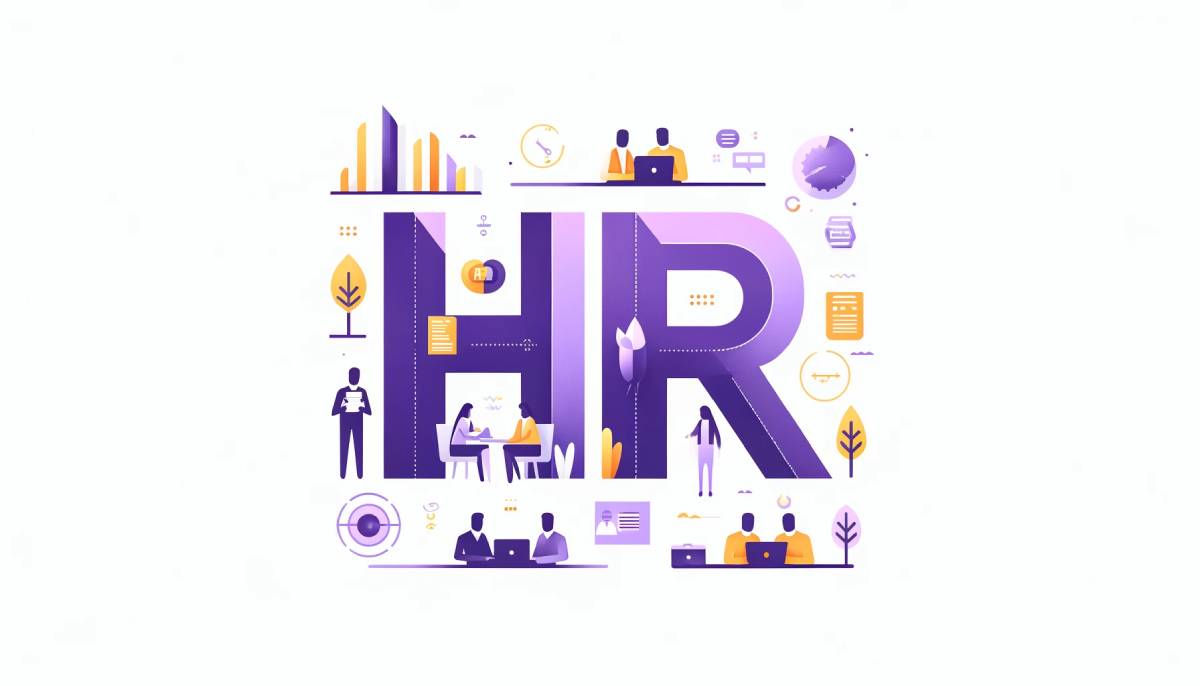Continuous feedback involves a timely and regular feedback flow where feedback is constantly being given and received. It makes regular communication among supervisors, colleagues, and team members a way to share constructive criticism, recognition, and guidance which is part of an ongoing dialogue. It is this system that lets people identify progress, focuses on the areas that need improvements, and modifies the performance goals, when necessary. Continual feedback, which provides a timely nourishment for employee growth and enhances overall performance, is particularly useful for this purpose, rather than its less dynamic format of annual or semi-annual review.
Benefits of Continuous Feedback
- Improved Performance: Continuous feedback gives individuals an opportunity to understand their abilities and particular areas for improvement and allows them to apply these new aspects correctly, in real time.
- Enhanced Communication: The continuous feedback between managers, colleagues, and subordinates creates a platform for expressing openness, which, in turn, facilitates the building of stronger bonds and a more collaborative environment.
- Increased Employee Engagement: Employees who receive regular feedback on their work understand that they are an integral part of the organization. In this way, they feel valued and engaged with their responsibilities, their colleagues, and the company’s general goals.
- Faster Problem Resolution: Constant feedback ensures that problems are addressed as soon and as efficiently as possible, hence, they are not given the chance to worsen and turn into bigger issues and headaches for those involved.
- Greater Accountability: While constructive feedback is being given over the duration, others would be enlightened to their duties and consequently are better held accountable for their actions. This leads to learning results that are self-owned and task outcomes that are completely owned.
- Personalized Development: Regular feedback allows our employees to receive tailored support, training, and coaching on their areas needing development. Thanks to this, we help our employees perform effectively and gain the skills they need.
- Adaptability and Flexibility: Instant feedback accelerates the capacity to react to any evolving scenarios or goals because amendments can be implemented swiftly, according to current inputs.
- Cultivation of a Learning Culture: It is the overall of the people through feedback all the team that keeps improving, and feedback is seen as an opportunity to grow rather than as criticism.
Implementing Effective Continuous Feedback in the Workplace
- Encourage Sharing: Create a system that will be very convenient for everyone who would like to give and get feedback. Leaders can begin to set an example by starting to ask for feedback and to give it too.
- Teach How to Give Feedback: Train everyone on how to give and receive feedback professionally. Provide training on the basics of communication.
- Explain What’s Expected: See to it that everyone understands why the feedback is essential and how often they will get it.
- Use Tech Wisely: Make use of apps or software to provide feedback, but be sure to pair them with traditional face-to-face conversations.
- Meet Regularly: Managers and team members should meet regularly to communicate about what is working and what needs improvement.
- Get Feedback from Many: Get comments from a wide range of people, not only bosses.
- Be Clear in Feedback: Feedback must be clear and include suggestions of what to do in the future.
- Think About Work: Encourage people to stop and think about the things they do well and the things they should improve.
- Celebrate Wins: Not only do you want to share the good news when people do something great, but you also want to celebrate it.
- Check How It’s Going: Make sure you observe the effect feedback creates and ask people if it is useful. Change things if needed.
FAQs
It allows employees to quickly apply insights and make adjustments in real-time, leading to immediate improvements in their work performance.
Regular feedback assures employees that their contributions are noticed and valued, thereby increasing their engagement with their work and the organization’s goals.
Diverse perspectives can offer more comprehensive insights into an employee’s performance, aiding in well-rounded development.
Gather feedback on the feedback process itself, observe changes in employee performance and morale, and adjust the strategy as needed for optimal impact.
